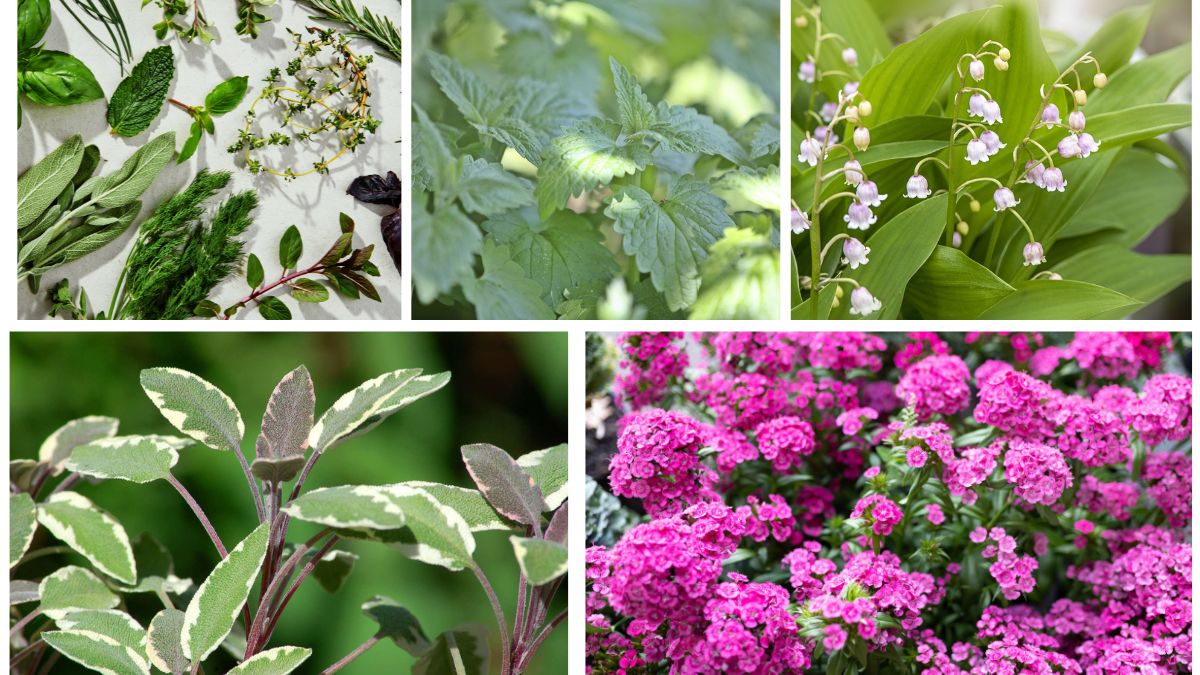When we think of fragrant gardens, flowers like roses, jasmine, or lilies often come to mind. But beyond flowers, foliage plants with aromatic leaves can also transform your home and garden into a space filled with freshness. These plants not only offer delightful scents but also add greenery, texture, and sometimes even health benefits. Whether you’re planning a garden corner, balcony pots, or indoor greenery, aromatic foliage plants are versatile and rewarding.
In this article, we’ll explore five amazing foliage plants with aromatic leaves that bring fragrance, beauty, and functionality to your living space.
1. Mint (Mentha spp.)
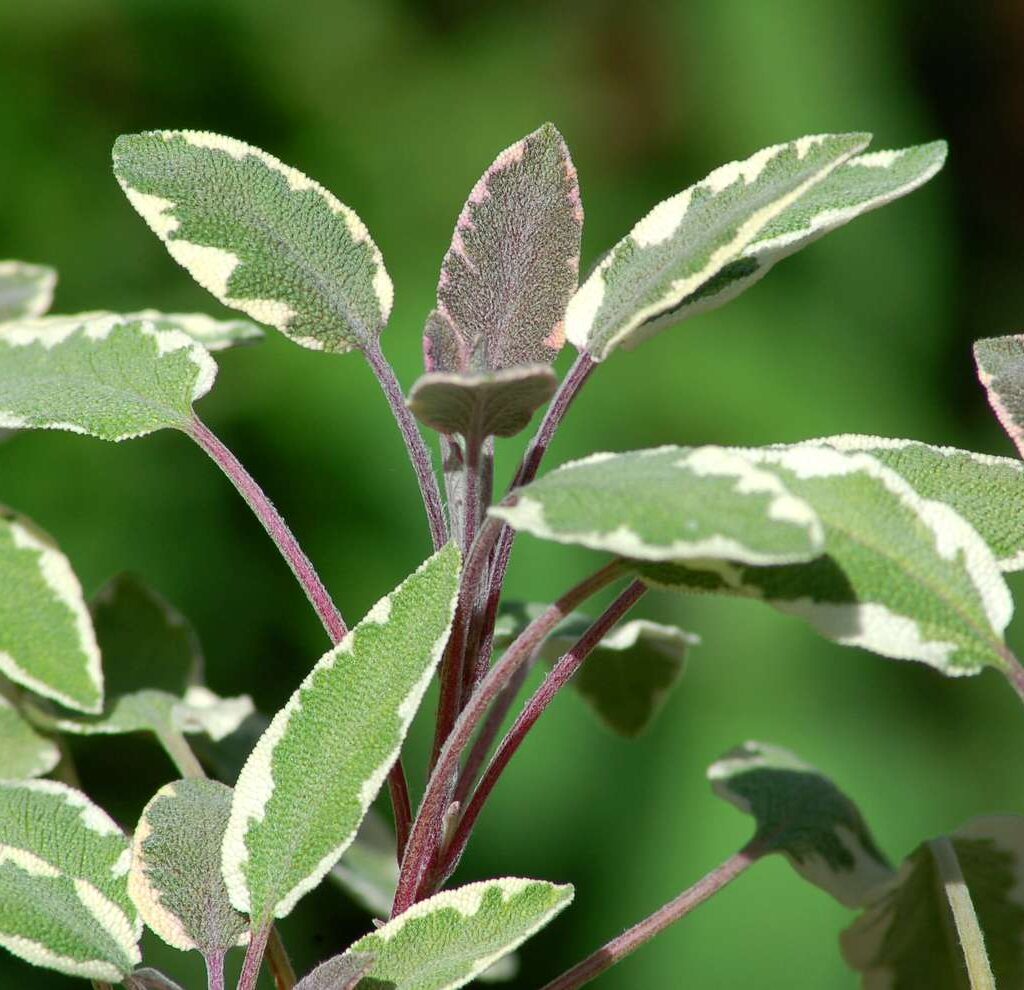
Why Mint?
Mint is one of the most popular aromatic foliage plants. With its refreshing, cool fragrance, it’s widely used in culinary dishes, teas, and even home remedies. The bright green leaves add vibrancy, while their crisp scent instantly freshens the air.
Growing Conditions:
- Light: Prefers full sun to partial shade.
- Soil: Moist, well-drained soil enriched with organic matter.
- Watering: Keep the soil consistently moist but not waterlogged.
- Care Tip: Mint can be invasive in garden beds, so growing it in pots is a great way to control its spread.
Uses of Mint:
- Brew leaves in tea for digestion and relaxation.
- Add fresh leaves to drinks, salads, and desserts.
- Use crushed leaves as a natural air freshener indoors.
Why It Stands Out: Mint’s versatile uses and refreshing aroma make it a must-have foliage plant for freshness.
2. Lemon Balm (Melissa officinalis)
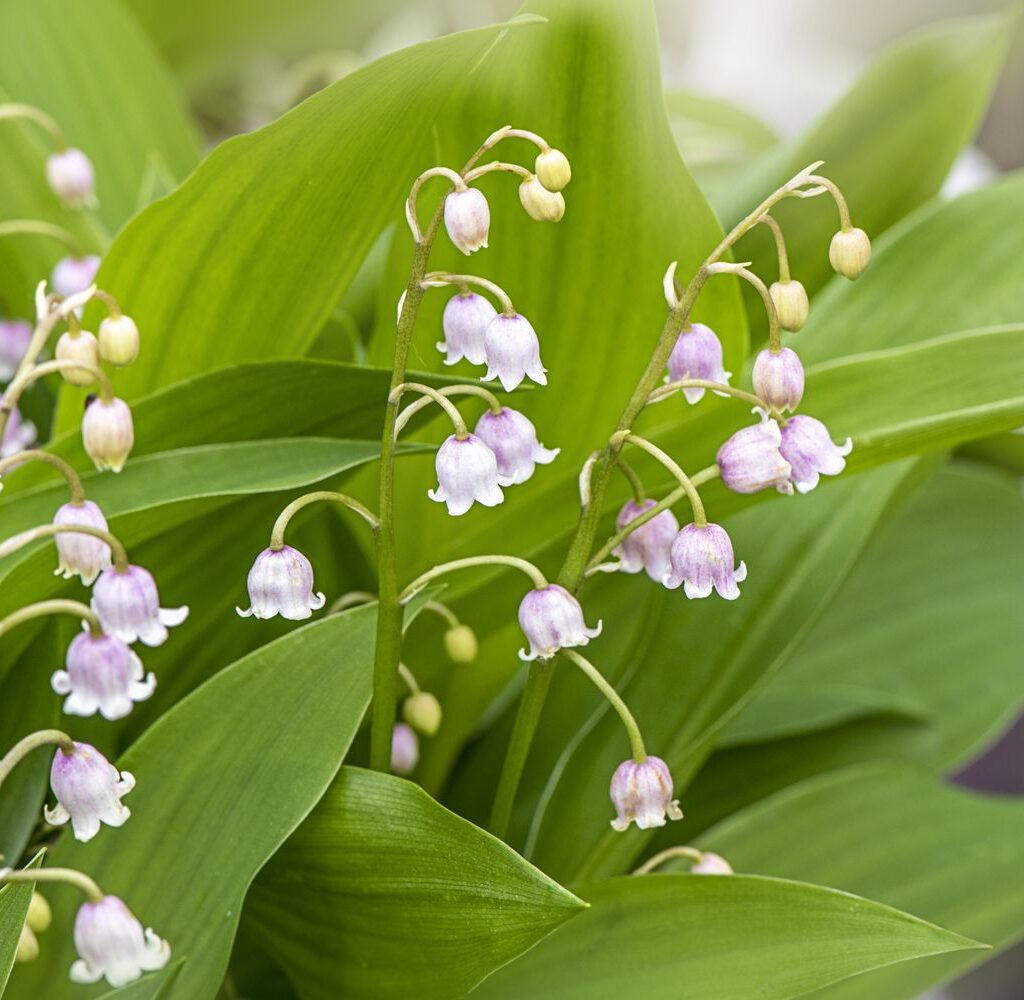
Why Lemon Balm?
Lemon balm belongs to the mint family but carries a citrusy aroma that’s invigorating and soothing at the same time. Its heart-shaped leaves release a delightful lemony scent when touched, making it a favorite for both indoor and outdoor gardens.
Growing Conditions:
- Light: Full sun to light shade.
- Soil: Well-drained, sandy or loamy soil.
- Watering: Moderate watering; keep soil evenly moist.
- Care Tip: Regular pruning prevents legginess and encourages bushier growth.
Uses of Lemon Balm:
- Used in teas to reduce stress and improve sleep.
- Leaves can be added to salads, soups, and fish dishes.
- Works as a natural mosquito repellent.
Why It Stands Out: Its fresh citrus fragrance instantly uplifts the mood and creates a calming environment.
3. Rosemary (Rosmarinus officinalis)
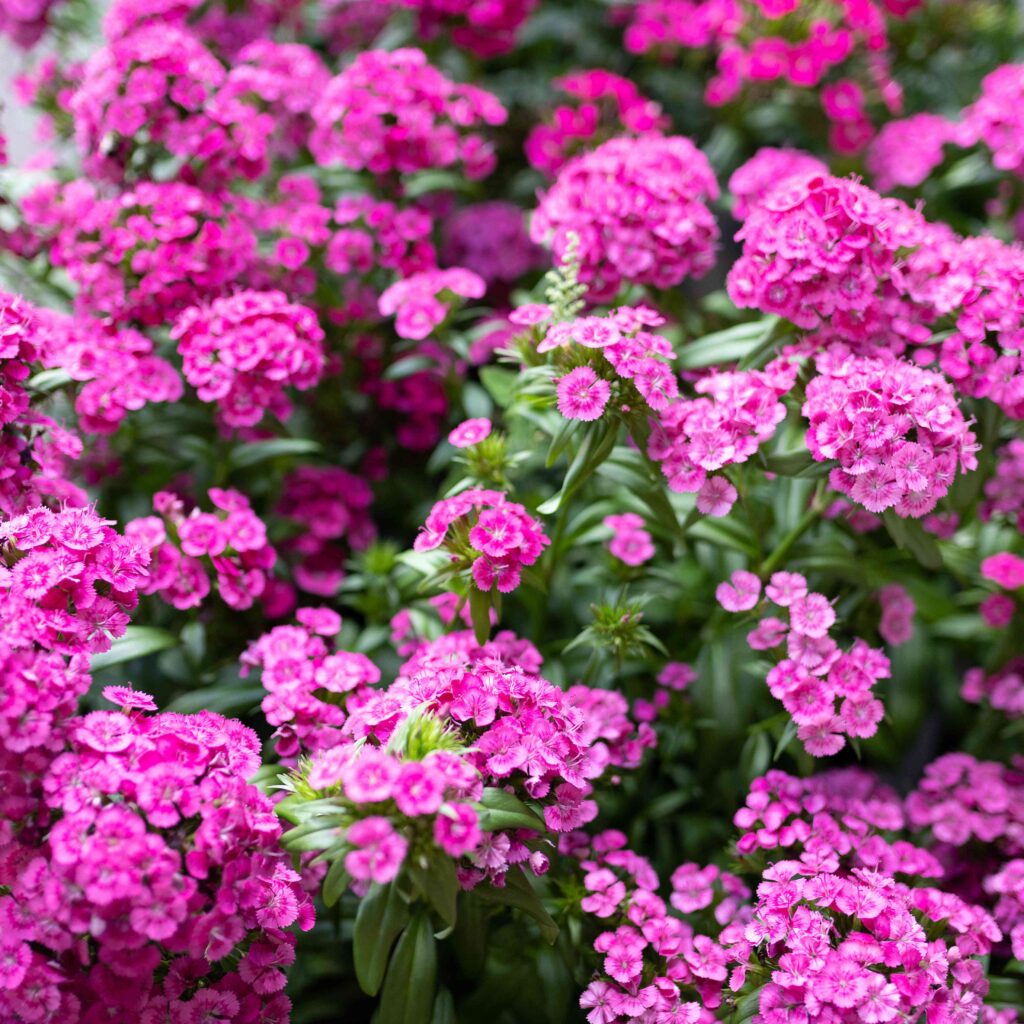
Why Rosemary?
Rosemary is an evergreen shrub with needle-like leaves that give off a strong, invigorating fragrance. It’s both a culinary herb and a decorative foliage plant, making it a favorite in Mediterranean gardens.
Growing Conditions:
- Light: Full sun is essential.
- Soil: Well-drained, sandy soil.
- Watering: Water sparingly; rosemary thrives in drier conditions.
- Care Tip: Prune regularly to prevent it from becoming woody and to maintain shape.
Uses of Rosemary:
- Widely used in cooking, especially in roasted dishes and soups.
- Essential oil is known for improving memory and concentration.
- Can be used in potpourri and homemade fresheners.
Why It Stands Out: Rosemary’s distinctive pine-like fragrance adds a refreshing and energizing aroma to your yard or indoor space.
4. Lavender (Lavandula spp.)
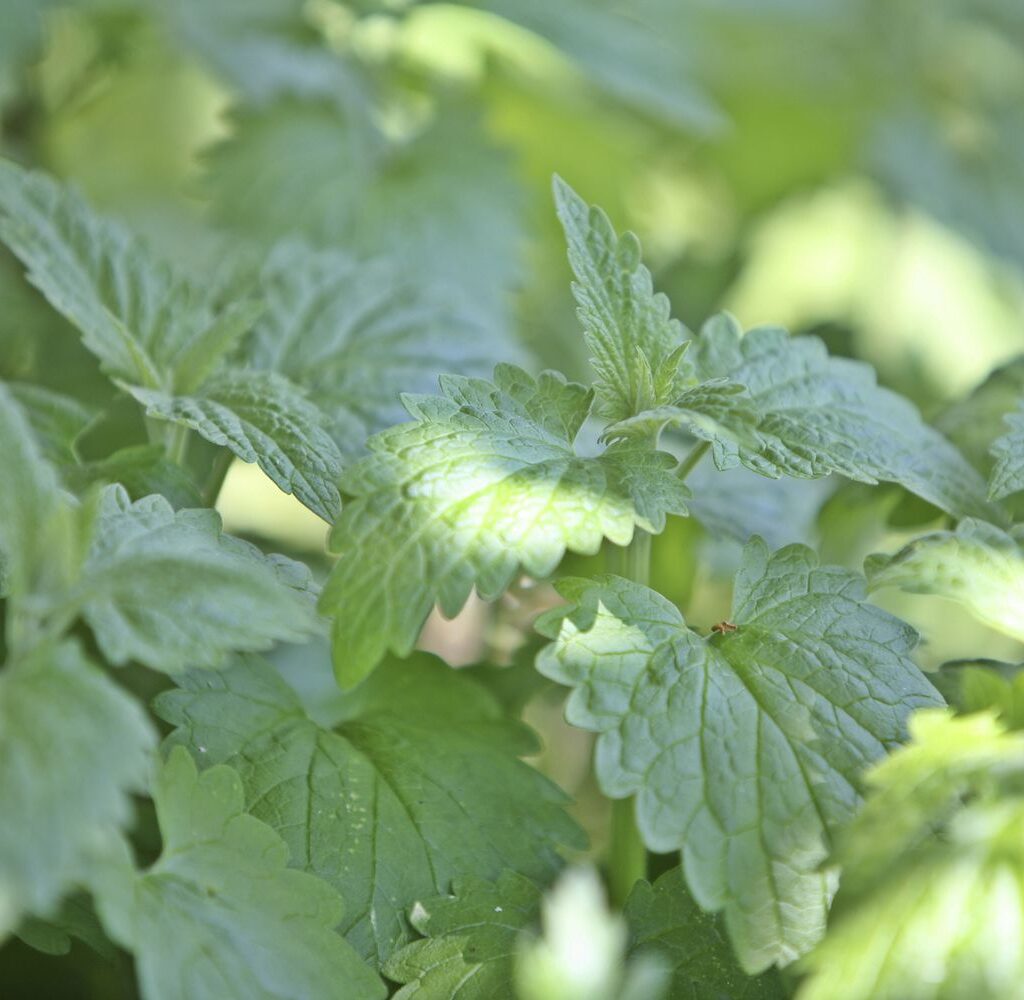
Why Lavender?
Known worldwide for its calming fragrance, lavender is much more than just a flowering herb. Its silvery-green foliage also carries aromatic oils that smell divine even without flowers. Lavender leaves are just as useful as its blooms.
Growing Conditions:
- Light: Requires full sun.
- Soil: Dry, well-drained soil with low fertility.
- Watering: Water sparingly; lavender dislikes excess moisture.
- Care Tip: Avoid overwatering and provide good air circulation to prevent root rot.
Uses of Lavender:
- Aromatic leaves can be dried and used in sachets for closets and drawers.
- Acts as a natural stress-reliever when added to baths or teas.
- Repels pests such as mosquitoes and moths.
Why It Stands Out: Lavender’s soothing fragrance adds both calmness and freshness, making it perfect for bedrooms, patios, or gardens.
5. Basil (Ocimum basilicum)
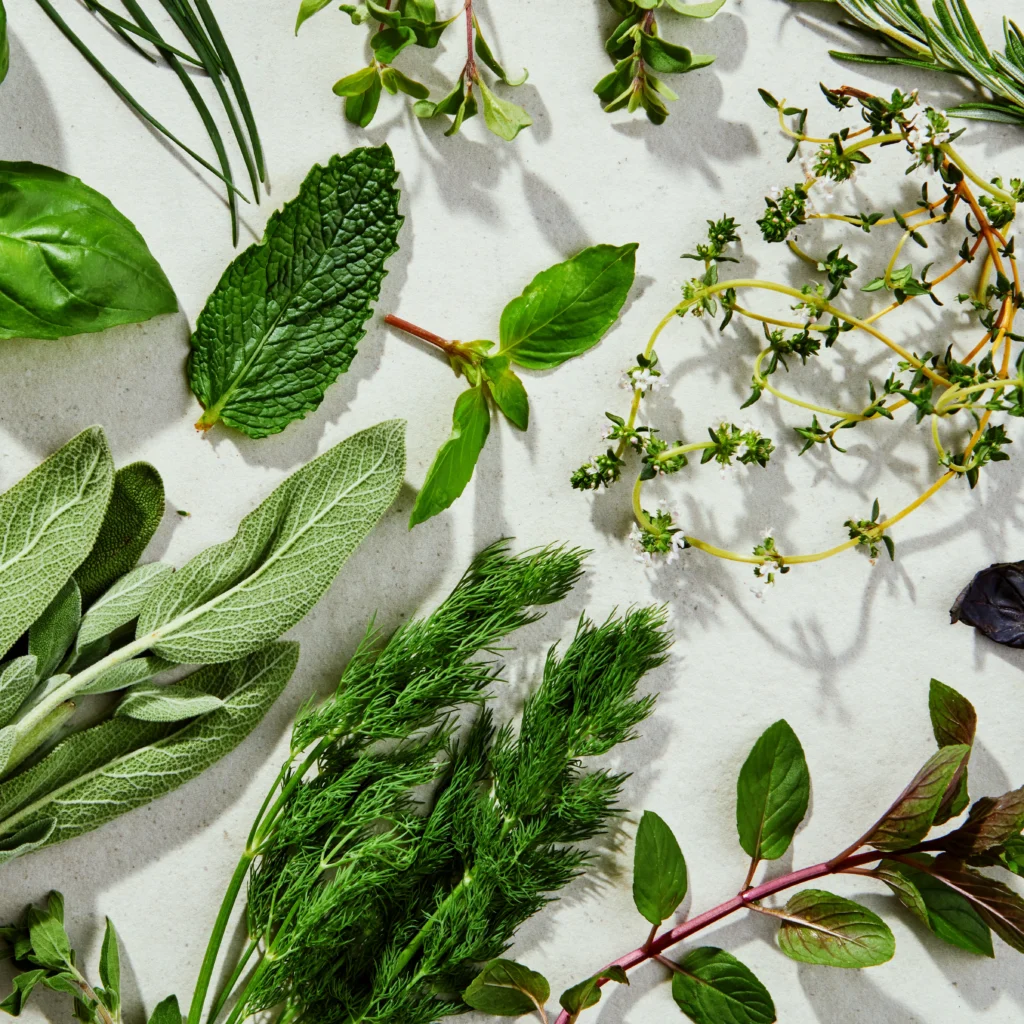
Why Basil?
Basil is one of the most beloved foliage plants in kitchens worldwide. Its glossy green leaves emit a spicy, sweet fragrance that instantly fills the air with freshness. Apart from being aromatic, it’s also highly nutritious and medicinal.
Growing Conditions:
- Light: Prefers full sun.
- Soil: Well-drained, fertile soil enriched with compost.
- Watering: Keep the soil slightly moist but avoid overwatering.
- Care Tip: Pinch off flower buds to encourage leaf growth.
Uses of Basil:
- Essential in cooking, especially for pasta, sauces, and salads.
- Basil tea aids digestion and boosts immunity.
- Used in traditional remedies for colds and respiratory issues.
Why It Stands Out: Basil combines beauty, fragrance, and functionality, making it an ideal foliage plant for freshness and health.
Benefits of Aromatic Foliage Plants
Apart from their beauty and fragrance, aromatic foliage plants provide several benefits:
- Air Freshening: Natural scents replace artificial sprays and candles.
- Health and Wellness: Many aromatic leaves have therapeutic and medicinal properties.
- Pollinator Friendly: Some attract bees and butterflies, enhancing biodiversity.
- Culinary Delight: Herbs like basil, mint, and rosemary elevate cooking.
- Stress Relief: Aromatherapy from these plants reduces stress and anxiety.
Tips for Growing Aromatic Foliage Plants
- Choose Containers: Growing in pots helps control spread (especially for mint and lemon balm).
- Regular Pruning: Keeps plants bushy and ensures continuous fragrance.
- Avoid Overwatering: Most aromatic plants dislike soggy soil.
- Harvest Wisely: Pick leaves in the morning for the strongest aroma.
- Combine Plants: Create a fragrance corner with a mix of mint, lavender, and basil for layered scents.
Conclusion
Foliage plants with aromatic leaves not only enhance the beauty of your home and garden but also fill the space with freshness and vitality. From the invigorating coolness of mint to the calming fragrance of lavender, these plants bring unique qualities that enrich your environment.
By adding mint, lemon balm, rosemary, lavender, and basil to your collection, you can enjoy greenery that appeals not only to the eyes but also to the senses. Whether used for cooking, health benefits, or pure enjoyment, these plants prove that leaves can be just as fragrant and delightful as flowers.
